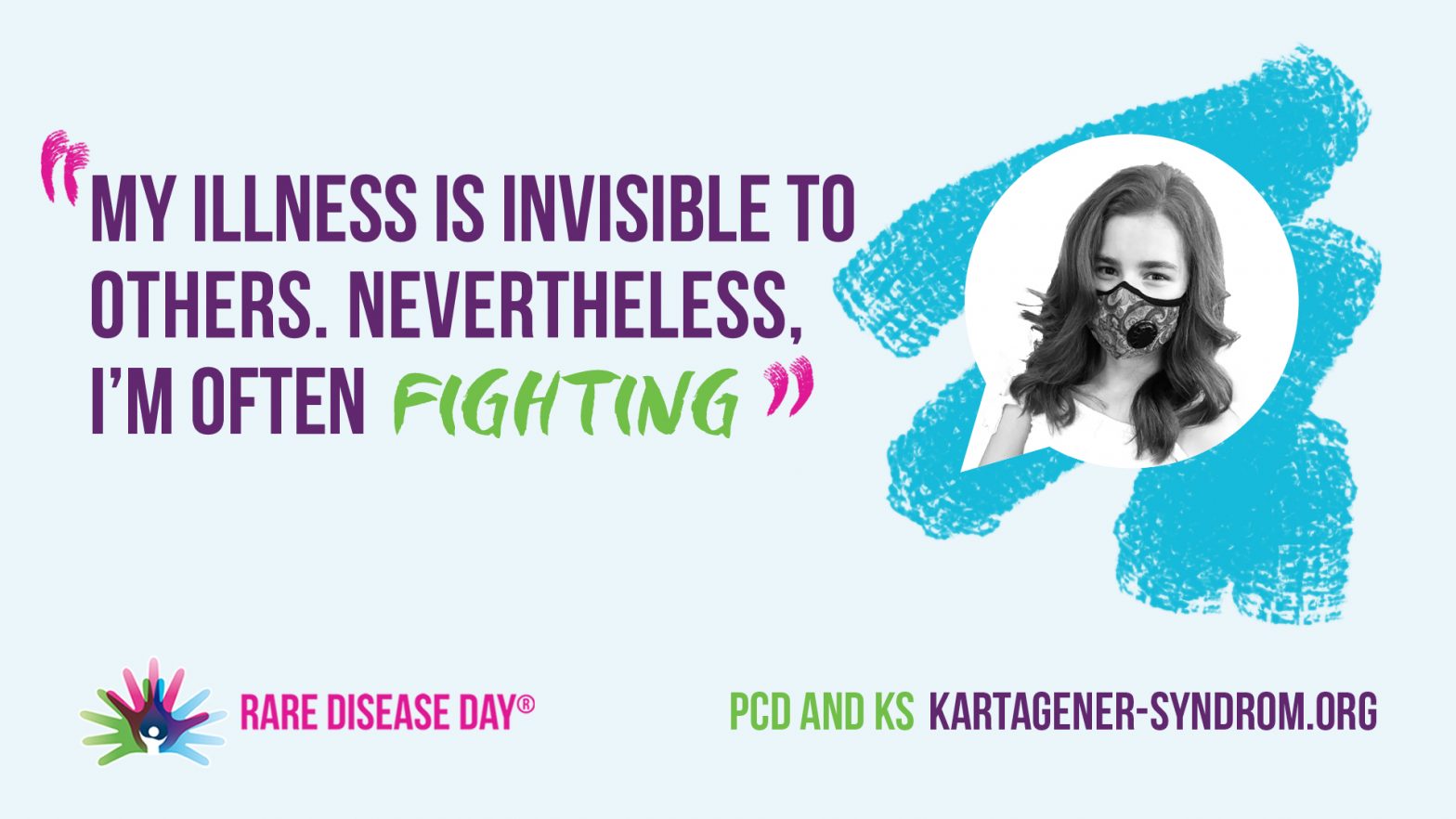The story of Jana
Do you know the feeling when you know that something is wrong but no one believes you? When you’ve seen many doctors but none of them can help you? When they tell you, you’re child will probably be better when it’s fully grown? And then, years later, when they finally realize that they have been wrong. They give you some letters which you’ve never heard of before. You’re completely torn: shocked about the diagnosis, relieved that you can trust your guts.
Relieved if the diagnosis means help for you. Getting medication. Getting therapy. Getting support. Still knowing, this disease can be life threatening.
But you don’t give up. You keep fighting for your child. For other parents, to prevent them from experiencing the same ordeal. That’s what the rare disease day is about. Sharing your story. Ours is PCD for Primary Ciliary Dyskinesia.
+ + +
Primary ciliary dyskinesia (PCD), is a rare genetic disorder that causes defects of cilia lining the respiratory tract. Normally, cilia beat 7 to 22 times per second, and any impairment can result in poor mucociliary clearance, causing upper and lower respiratory infection. PCD may affect the lungs, nose, sinuses, ears and fertility. Despite the characteristic signs and symptoms, diagnosis is often missed early in life which causes progressive damage to the respiratory system, including progressive bronchiectasis.
Up to 50% of patients have their heart on the right side and internal organs on the opposite side, which is called situs inversus.
Treatment is regular chest physiotherapy to clear the lungs from secretions combined with specific antibiotics to treat infections. PCD is different in each patient and there is no cure.
